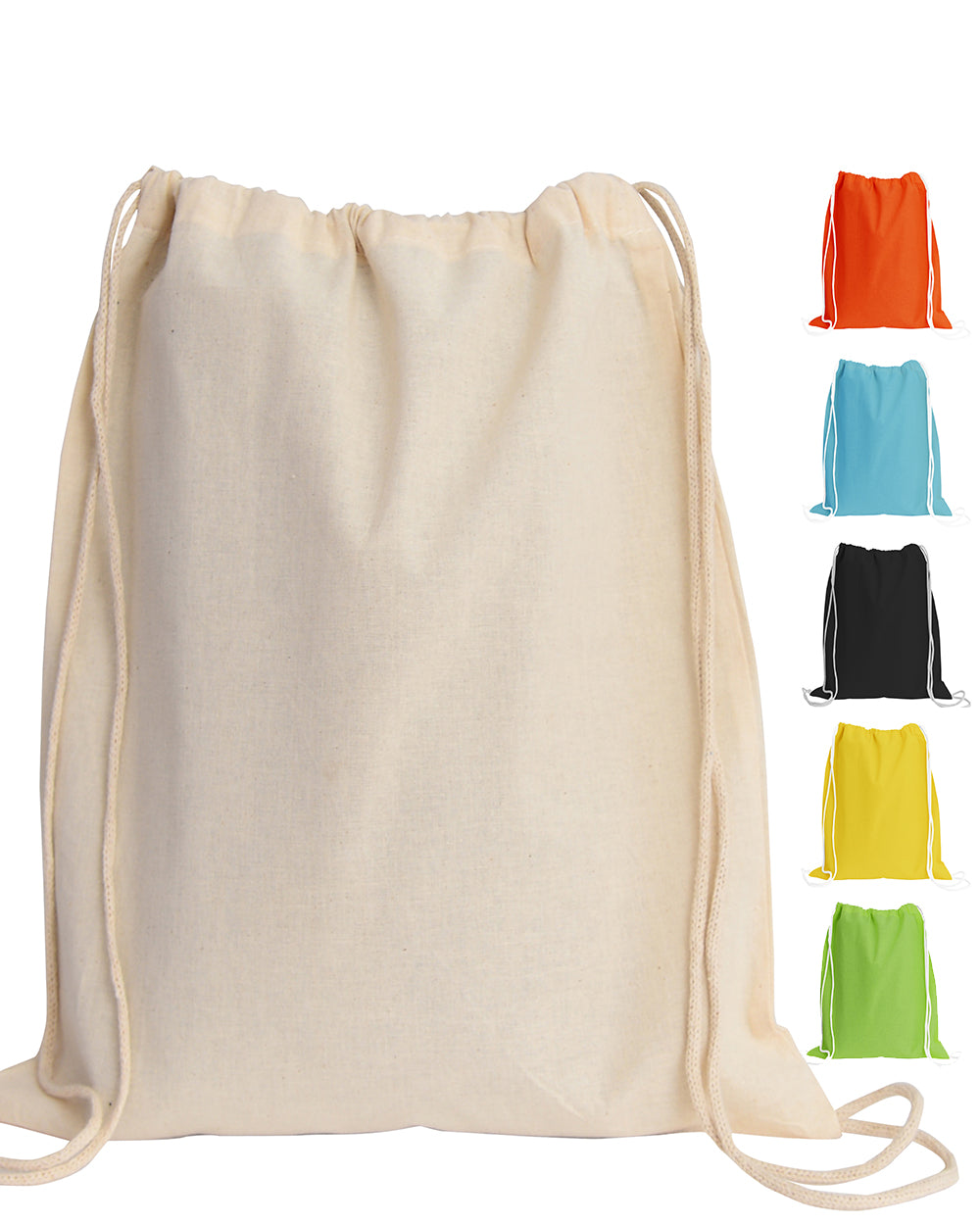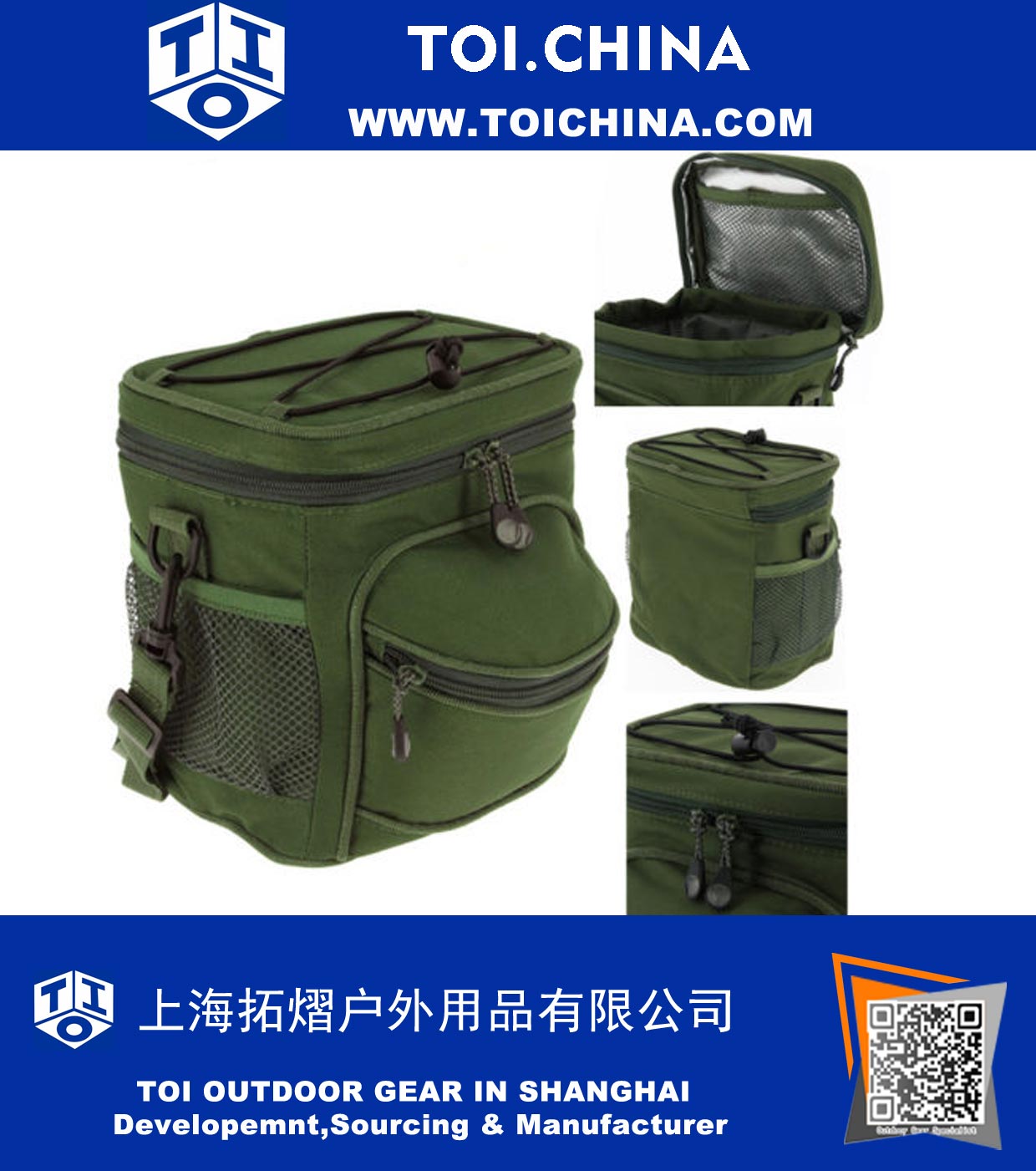Selecting the right garbage bag prevents leaks and saves money. Match liner capacity to your can’s gallons and its thickness to the type of waste.
Table of Contents
- Why Choosing the Correct Garbage Bag Size Matters for Your Business
- Decoding Garbage Bag Specifications
- Common Commercial Garbage Bag Sizes and Their Ideal Uses
- How to Perfectly Match a Liner to Your Trash Can
- Special Considerations for Different Business Environments
Why Choosing the Correct Garbage Bag Size Matters for Your Business
Selecting the appropriate trash can liner is more than a simple janitorial task; it is a strategic decision that impacts workplace safety, operational workflow, and your bottom line. An ill-fitting or weak bag can lead to a cascade of problems that are easily avoided with a bit of knowledge. From maintaining a professional appearance to optimizing supply budgets, the right bag makes a significant difference.
Preventing Leaks, Spills, and Messes
The most immediate consequence of a failed garbage bag is the mess. A bag that is too small will slip into the can, creating a hassle for staff and leaving residue inside the receptacle. A bag that is too weak for its contents will split, leading to liquid spills and scattered waste. These incidents create unsanitary conditions, pose slip-and-fall hazards, and require additional labor for cleanup, diverting your team from their primary responsibilities.
Improving Operational Efficiency
When staff has to deal with torn bags, double-bag waste, or clean up spills, productivity suffers. Using the correct liner ensures a smooth and quick waste removal process. Bags that fit properly are easy to install and remove, while bags with the right strength and material handle their intended contents without failure. This standardization simplifies training for custodial teams and reduces the time spent on waste management tasks across the organization.
Managing Costs Effectively
Purchasing trash bags that are unnecessarily large or thick is a common source of wasted supply spending. Conversely, using bags that are too thin and require double-bagging can be even more expensive in the long run. By analyzing your waste streams and matching them with the most appropriate and cost-effective liner, you can significantly reduce procurement expenses. It is a simple adjustment that yields tangible savings over time.
Decoding Garbage Bag Specifications
To make an informed purchase, it is essential to look beyond just the gallon size. Technical specifications like thickness and material type determine a bag’s performance, strength, and suitability for different kinds of waste. Understanding these terms will empower you to select a product that perfectly meets your business needs.
Understanding Gallon Capacity
Gallon capacity is the most common measurement, but it can be misleading. It refers to the volume the bag can hold, which should ideally be slightly larger than the volume of your trash can. A common mistake is buying a 13-gallon bag for a 13-gallon can; this leaves no room for overhang, causing the bag to slip inside. Always choose a bag with a gallon capacity a few gallons higher than your receptacle to ensure a proper fit and sufficient overhang for tying.
The Importance of Mil Thickness
A bag’s durability is measured in mils, where one mil is equal to one-thousandth of an inch (0.001″). The higher the mil count, the thicker and more resistant the bag is to punctures and tears. Liners are generally categorized by their thickness, which corresponds to their intended use.
| Mil Thickness | Strength Level | Common Business Uses |
|---|---|---|
| 0.35 to 0.70 Mil | Regular Duty | Office paper, tissues, lightweight trash. Ideal for desk-side bins. |
| 0.70 to 1.20 Mil | Medium Duty | Kitchen waste, paper plates, food packaging. Used in breakrooms. |
| 1.20 to 1.70 Mil | Heavy Duty | Heavier food waste, cardboard, plastic bottles. Suited for cafeterias. |
| 1.70 to 2.50+ Mil | Extra-Heavy Duty | Yard waste, construction debris, sharp materials. For industrial use. |
Material Matters: LDPE vs. HDPE
The type of plastic resin used to manufacture the bag dramatically affects its performance. The two most common types in commercial settings are Low-Density Polyethylene (LDPE) and High-Density Polyethylene (HDPE).
Low-Density Polyethylene (LDPE) bags are thick, flexible, and highly resistant to tearing and punctures. Their stretchy nature makes them ideal for containing waste with sharp or irregular edges, such as food scraps, yard trimmings, or workshop materials. If your trash includes items that could poke through a weaker bag, LDPE is the superior choice.
High-Density Polyethylene (HDPE) bags are thinner and less stretchable than LDPE, but they possess greater tensile strength for their thickness. This makes them excellent for carrying heavy, non-sharp loads. HDPE bags are a cost-effective solution for office paper, restroom waste, and other lightweight refuse. Their crinkly texture is a common identifier.
Common Commercial Garbage Bag Sizes and Their Ideal Uses
Matching the bag size to its location and typical waste stream is key to an efficient waste management system. While countless sizes exist, commercial needs generally fall into four primary categories.
Small Sizes (4-10 Gallons)
These liners are designed for small-footprint wastebaskets. They are perfect for individual office cubicles, hotel bathrooms, under-desk placement, and in medical examination rooms. Their primary function is to contain light paper waste, tissues, and wrappers, making daily collection clean and simple.
Medium Sizes (12-20 Gallons)
This is one of the most versatile size ranges, commonly found in office kitchens, breakrooms, conference rooms, and larger administrative workstations. The popular 13-gallon kitchen bag fits in this category. These bags are built to handle a mix of waste, including food packaging, paper products, and beverage containers, without being too cumbersome for staff to handle.
Large Sizes (30-45 Gallons)
Suited for high-traffic areas, these bags fit the larger receptacles found in building lobbies, school cafeterias, restaurant kitchens, and centralized collection points. The 33-gallon and 45-gallon sizes are workhorses, designed to hold significant weight and volume from multiple sources before needing to be changed.
Extra-Large Sizes (55-60+ Gallons)
Reserved for the most demanding applications, these liners are used in large, 55-gallon drum cans. They are essential for industrial settings, warehouses, outdoor event spaces, and major construction or landscaping cleanup projects. These bags almost always feature a high mil count for maximum durability against heavy, bulky, or rough-edged debris.
How to Perfectly Match a Liner to Your Trash Can
To eliminate guesswork and ensure a perfect fit every time, you can use simple measurements and formulas. This guarantees you purchase the right size, preventing both slippage from bags that are too small and waste from bags that are too large.
A Simple Formula for Bag Width
For both round and square cans, the goal is to find the circumference and divide it by two. This gives you the required flat width of the bag.
- For a circular can: Measure the diameter (distance across the top). The formula is: (Diameter x 3.14) / 2 = Bag Width.
- For a square can: Measure the length of one of the sides. The formula is: (Sum of all 4 sides) / 2 = Bag Width.
A Simple Formula for Bag Length
The bag’s length must cover the can’s height plus provide enough material to fold over the rim and, if needed, reach the bottom of a square can. A 4-inch overhang is standard.
- For a circular can: Measure the height of the can. The formula is: (Can Height) + (Diameter / 2) + 4 inches = Bag Length.
- For a square can: Measure the height and the diagonal of the can’s base. The formula is: (Can Height) + (Diagonal / 2) + 4 inches = Bag Length.
Special Considerations for Different Business Environments
The ideal can liner solution varies by industry. Factors like the type of waste generated, hygiene standards, and public perception all influence the best choice for your facility.
Office and Corporate Settings
In a professional setting, the focus is on discretion and cleanliness. Thinner, clear, or black HDPE bags are often sufficient for paper and light waste from desks and common areas. Maintaining a pristine professional environment goes beyond clean waste disposal. Attention to detail, from the tidiness of facilities to the quality of accessories your team carries, contributes to the brand image. A sophisticated, handcrafted leather briefcase or portfolio from Beld Turan Leather, for instance, complements a well-organized and professional workspace.
Food Service and Hospitality
Restaurants, hotels, and cafes generate wet, heavy, and potentially sharp waste. Strong, puncture-resistant LDPE bags with a high mil count are non-negotiable to prevent leaks of food scraps and liquids. Star-sealed bottoms are often preferred as they distribute weight more evenly and reduce the risk of seam failure.
Healthcare and Clinical Facilities
This sector requires adherence to strict health and safety regulations. Waste is often segregated into different streams, necessitating color-coded bags (such as red for biohazardous materials) to ensure proper handling and disposal. These bags must meet specific thickness and strength standards mandated by health authorities.
Industrial and Construction Sites
For warehouses, manufacturing plants, and construction sites, durability is the top priority. Waste often includes sharp metal, wood scraps, rubble, and heavy materials. Extra-heavy-duty LDPE contractor bags, often 3.0 mil or thicker, are essential to contain this type of debris safely and prevent costly and dangerous spills.


